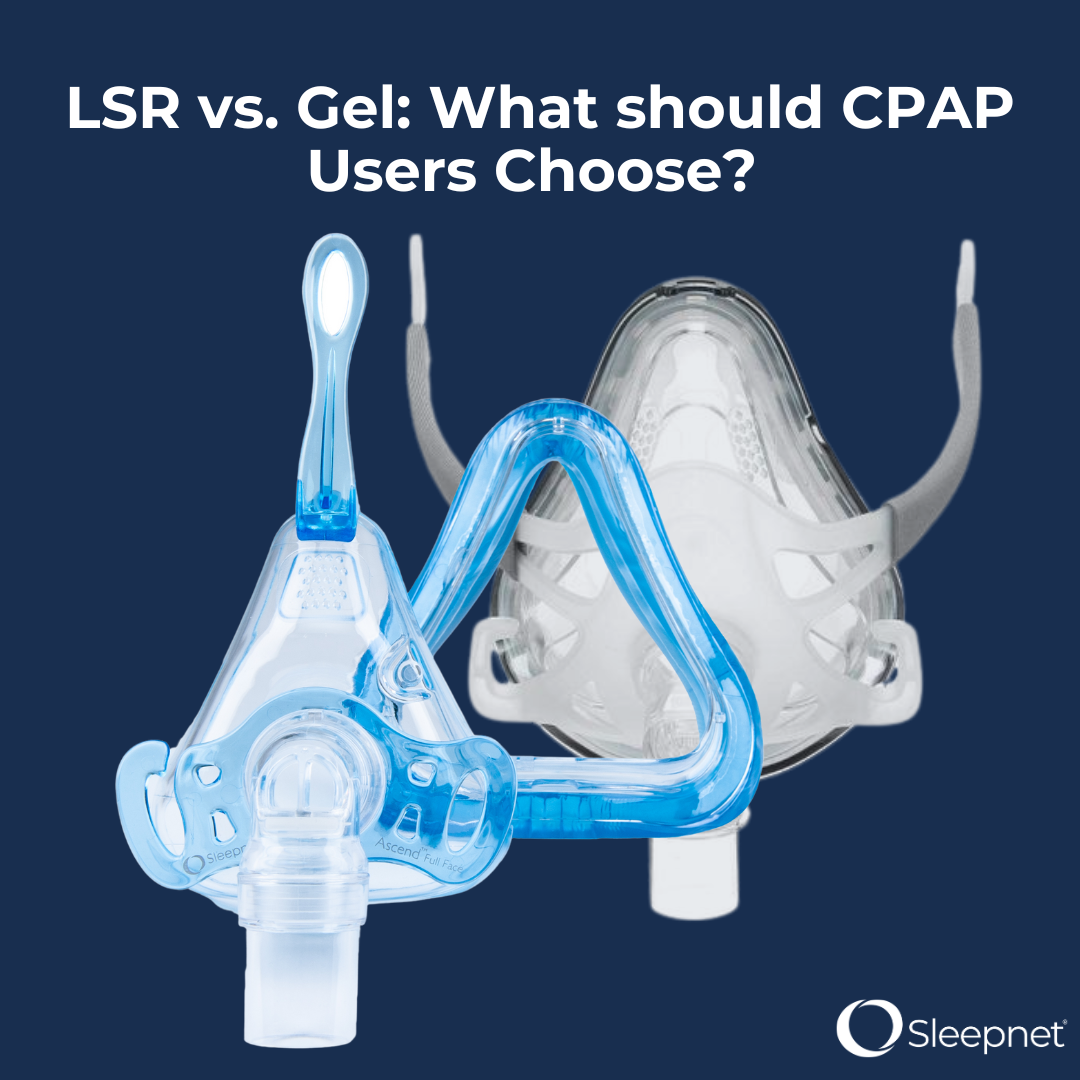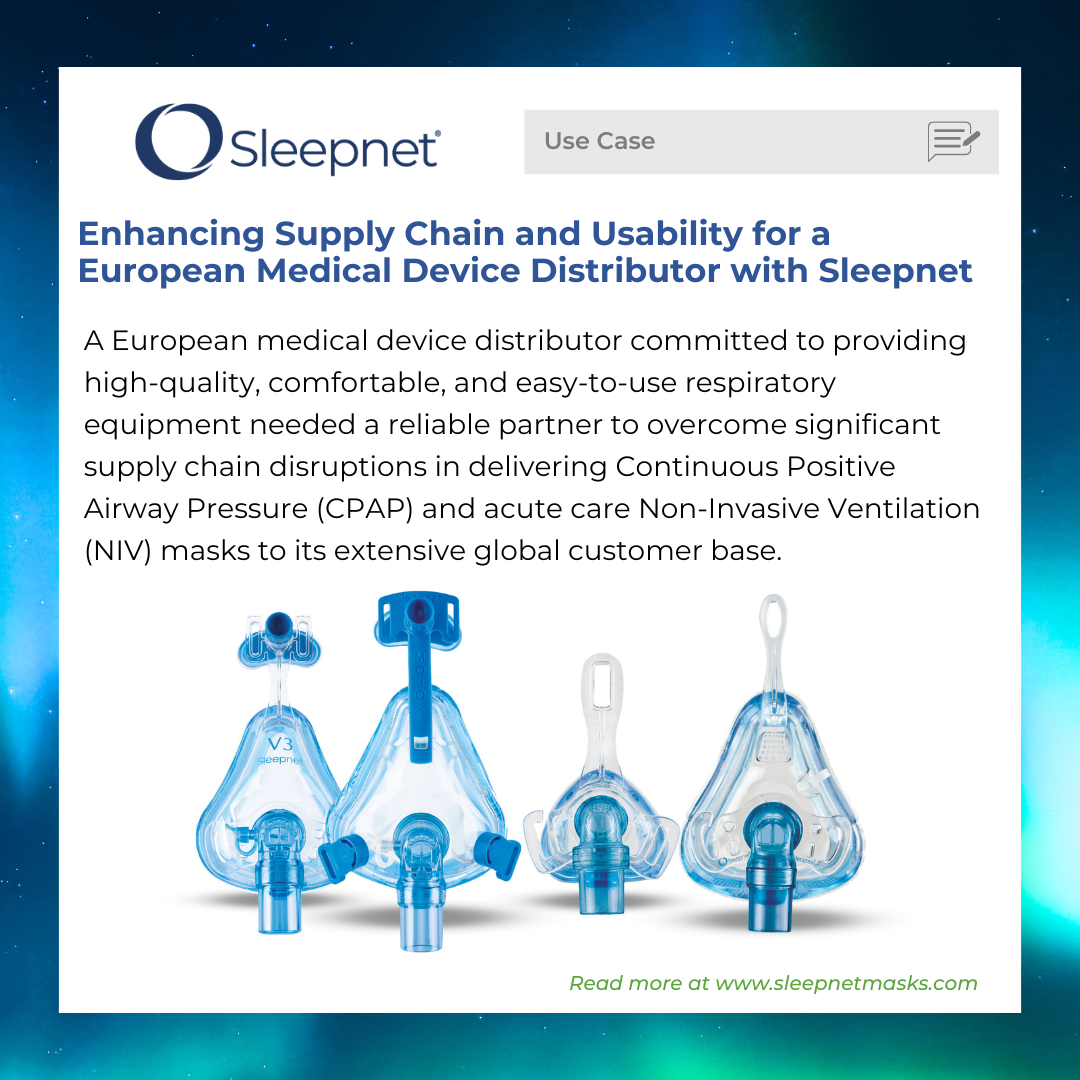Use Case: Enhanced Pediatric Care with the Mini Me 2 NIV Mask
A leading pediatric hospital in the United States, renowned for its commitment to cutting-edge treatments and patient-centric care, sought a partnership with Sleepnet Corporation to introduce the Mini Me 2 Non-Invasive Ventilation (NIV) mask. This use case explores the motivations behind this collaboration, the implementation process, and the outcomes achieved.
Background
The pediatric hospital referenced above is a state-of-the-art facility known for its comprehensive pediatric care, ranging from routine check-ups to complex surgeries. Even with advanced capabilities, the hospital occasionally faced challenges in providing adequate respiratory support for children with acute and chronic respiratory conditions. In some cases, the pediatric NIV masks they used failed to provide a comfortable and effective fit for young patients, leading to suboptimal outcomes and skin breakdown. While there is no “perfect mask” that suits every patient (Critical Pediatrics 2024, Comprehensive Guide to Pediatric NIV Mask Selection, Types, Troubleshooting and more), the Sleepnet Mini Me 2 solved some of these issues.
Research shows that medical device-related pressure injuries (MDRPIs) are a common complication, with the incidence of skin breakdown in pediatric patients using NIV masks ranging from 10% to 20%. These injuries primarily occur at contact points where the mask exerts pressure, such as the nasal bridge and cheeks. Studies conducted in pediatric hospitals reveal that factors such as prolonged NIV use, poor mask fit, and the fragile skin of pediatric patients contribute to the high prevalence of these injuries (Respiratory Care Journal 2019, Noninvasive Ventilation Device-Related Pressure Injury in a Children’s Hospital).
The Challenge
The hospital identified the following concerns regarding its respiratory care program:
- Comfort and Fit: Some of the NIV masks used did not fit well on pediatric patients, causing discomfort and skin irritation.
- Efficacy: Inadequate mask fit resulted in poor mask efficacy and therapy, leading to extended hospital stays and increased healthcare costs.
- Usage: To provide the highest quality of care, the hospital required masks that were easy to use and fit onto patients. However, some pediatric masks used by the hospital were difficult to assemble and fit on patients, which created non-compliance issues in acute care and home care settings.
- Availability: The limited availability of pediatric NIV masks further complicated efforts to standardize respiratory care across the hospital.
The Solution
To address these challenges, the hospital partnered with Sleepnet Corporation, a leader in respiratory care solutions. Sleepnet’s Mini Me 2 NIV mask, designed specifically for pediatric patients ages 2 to 12, offered a promising solution. Given that mask selection is a key determinant of the successful implementation of non-invasive respiratory support (Respiratory Care Journal 2017, Noninvasive Respiratory Support in Infants and Children), Sleepnet’s mask was an ideal addition to the hospital’s existing portfolio of pediatric masks. The Mini Me 2 mask includes the following product features:
- Custom Fit Technology: Allows personalization, ensuring a snug and comfortable fit for various pediatric facial structures.
- AIRgel Technology: A soft, pliable material that minimizes discomfort and skin irritation.
- Easy to use: The masks are manufactured with durable materials, ensuring longevity and reliability. Available in four sizes (XS, S, M, and L) with two 5-point adjustment strap-style headgear, the mask is designed to provide an optimal fit and superior seal with less pressure – an essential feature for patient care.
- Immediate Availability: Manufactured in the USA, Sleepnet’s commitment to immediate availability ensured a steady supply of Mini Me 2 masks to the hospital, mitigating any possible issues with the need for timely treatment.
Implementation
The implementation process involved several key steps:
- Training and Education: Sleepnet provided comprehensive training sessions for the hospital’s respiratory therapists, nurses, and physicians. These sessions covered mask-fitting techniques, patient management, and troubleshooting.
- Pilot Program: Sleepnet initiated a pilot program to evaluate the effectiveness of the Mini Me 2 mask in a controlled setting. Selected patients with varying respiratory conditions were enrolled.
- Data Collection and Analysis: Throughout the pilot, data on patient comfort, compliance, mask efficacy, and overall outcomes were collected and analyzed.
Results
The partnership yielded impressive results:
- Improved Patient Comfort: The custom fit and AIRgel technology significantly improved patient comfort and reduced skin irritation, leading to higher compliance rates. Clinicians reported less discomfort and anxiety for patients when using the Mini Me 2 mask.
- Enhanced Ventilation Efficacy: The improved fit resulted in better therapy performance, reducing the need for extended respiratory support and decreasing the average length of hospital stays.
- Positive Feedback from Healthcare Providers: Respiratory therapists and nurses appreciated the ease of fitting and adjusting the Mini Me 2 mask, which streamlined their workflow and allowed for more efficient patient care.
- Cost Savings: Reduced hospital stays and improved patient outcomes translated into significant cost savings for the hospital.
- Quality Assurance: The Mini Me 2 mask’s durable, easy-to-use design ensured consistent, high-quality care.
- Improved Availability: The steady supply of masks ensured that all pediatric patients needing respiratory support received prompt and effective treatment.
Conclusion
This strategic collaboration between the pediatric hospital and Sleepnet Corporation exemplifies the transformative power of innovative medical devices in enhancing patient care. The success of this initiative underscores the critical role of strong collaborations in driving healthcare innovation, ultimately leading to improved outcomes and well-being for patients. As healthcare continues to evolve, such partnerships will remain pivotal in shaping a future where advanced medical technologies and effective collaboration converge to deliver exceptional care.
*This article does not disclose or publish identifying customer information.



